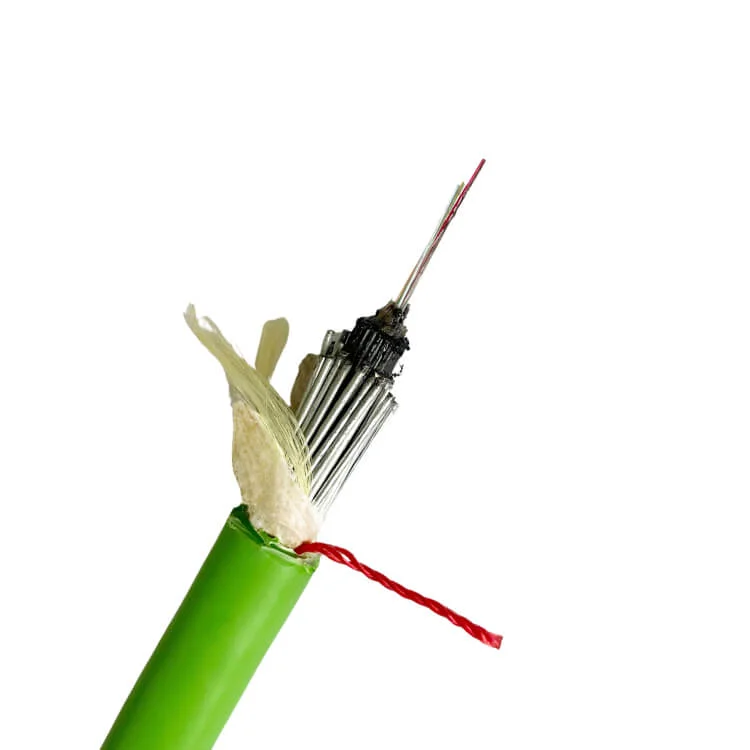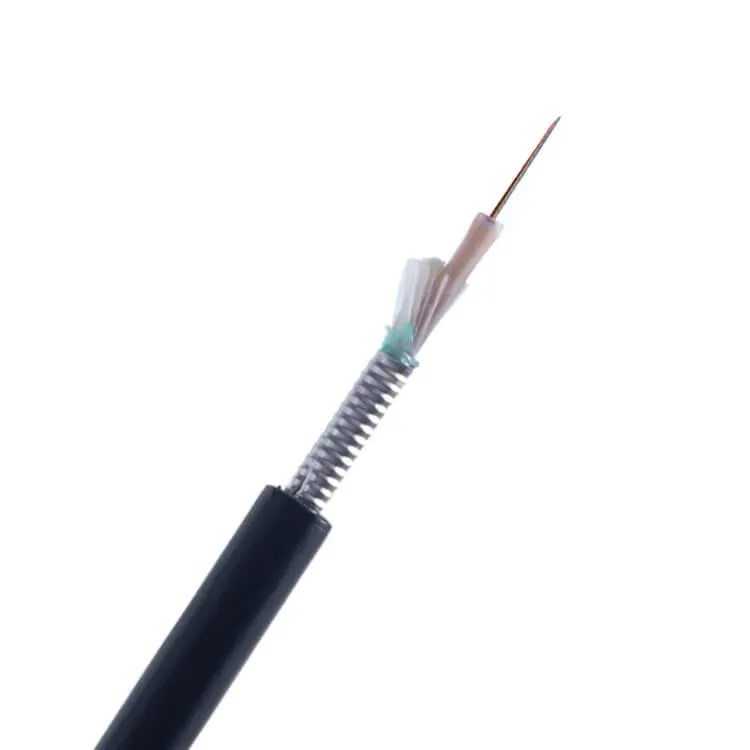
Outdoor Fiber Optic Cable
Outdoor Fiber Optic Cable Guide
Outdoor fiber optic cables are designed to withstand harsh environmental conditions and provide reliable data transmission for long distances. They are typically constructed with robust materials and protective coatings to ensure durability and performance.
Types of Outdoor Fiber Optic Cable
Aerial Fiber Optic Cable: Designed to be suspended from poles or towers, this cable is equipped with a messenger wire for support and protection against wind and other environmental factors.
Direct Buried Fiber Optic Cable: Installed directly in the ground, this cable is encased in a protective jacket and often includes additional layers for resistance against water, rodents, and other underground threats.
Figure 8 Fiber Optic Cable: Featuring a unique figure-8 shape, this cable is commonly used for aerial installations. The design provides additional strength and stability compared to traditional aerial cables.
Underwater Fiber Optic Cable: Specifically designed for subsea environments, this cable incorporates advanced materials and protective coatings to withstand the extreme pressures and corrosive nature of saltwater.
ADSS (All-Dielectric Self-Supporting) Fiber Optic Cable: This cable does not require a separate messenger wire for support and is ideal for areas with limited space or where the weight of a traditional aerial cable is a concern.
Armored Fiber Optic Cable: Equipped with additional layers of metal or plastic armoring, this cable offers enhanced protection against physical damage, such as digging or vandalism.
Duct Fiber Optic Cable: Installed within protective ducts, this cable provides an extra layer of shielding from environmental factors and simplifies cable management.
These different types of outdoor fiber optic cables cater to various installation scenarios and environmental conditions, ensuring reliable and efficient data transmission in outdoor networks.


















